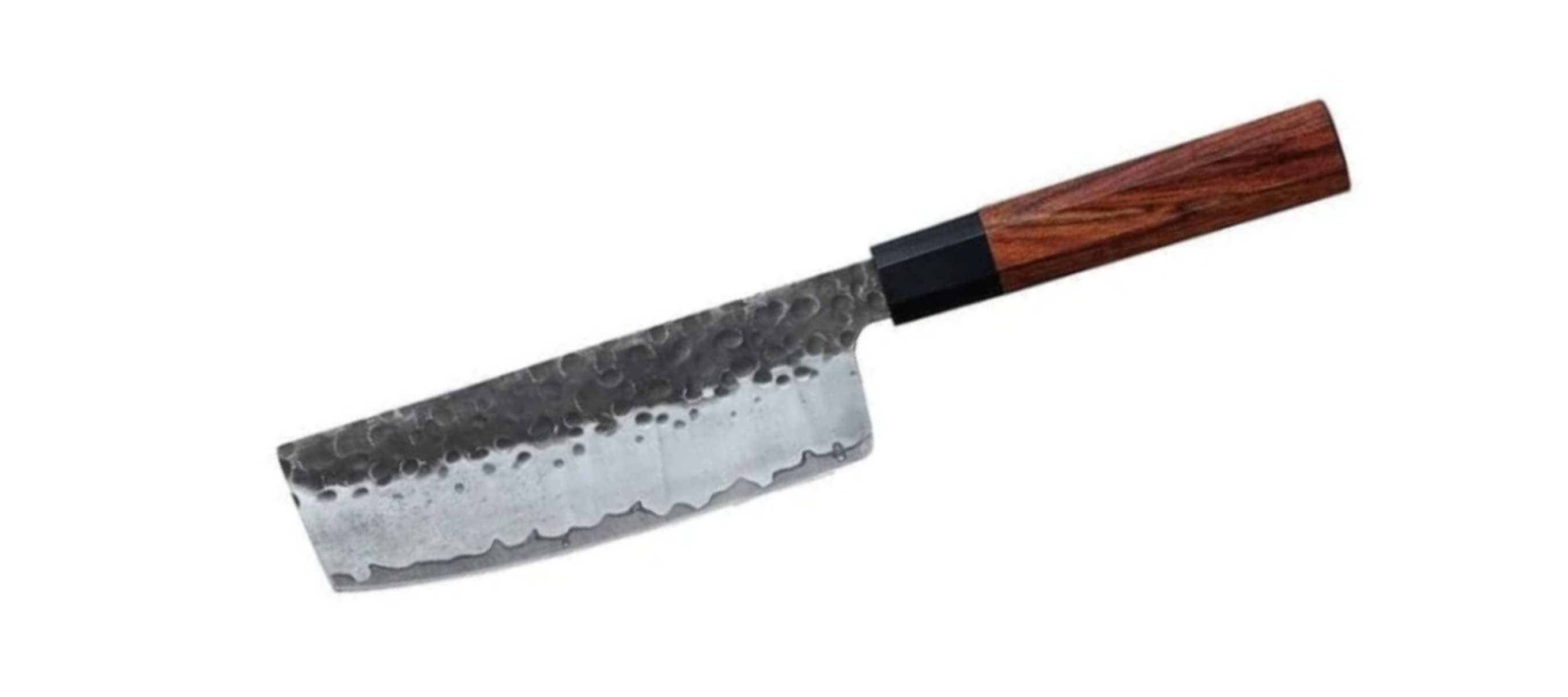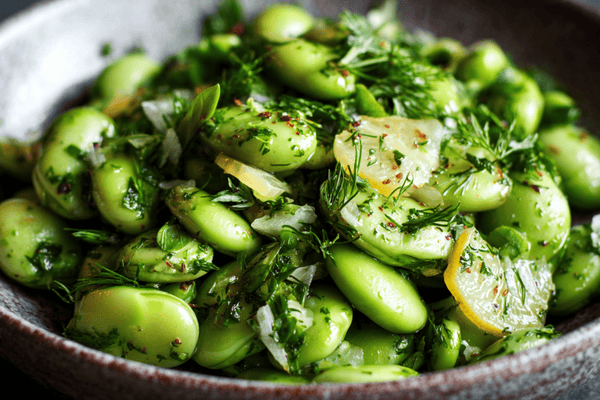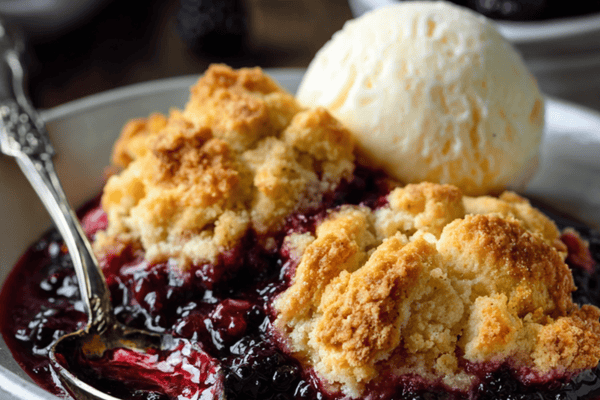
When it comes to choosing knives for your kitchen, your options may seem limitless. It’s important to realise that each type of knife has its own purpose and choosing a varied selection will give you the most versatility in your kitchen. If you’re taken by Japanese chef knives, then again, you have an excellent choice but today, we want to focus on the nakiri knife.
In this guide, we will be telling you everything you need to know about the nakiri knife; what it’s used for, where it’s from and why you absolutely must invest in one for your kitchen. So, let’s dive in!
Table of contents
What Is a Nakiri Knife?
The nakiri knife hails from Japan; a country where blade making is considered to be a fine art and this is demonstrated in the sharp, precise knives that come from Japan. Looking at it, you could be forgiven for thinking that it was more like a cleaver. However, there are some clear differences in that the nakiri knife is far more lightweight and has a straight blade which allows you to make very precise cuts. When cutting veggies, this is the perfect knife since it has a thin, long blade which is excellent for dicing and slicing.
In many ways, the nakiri knife is very similar to a chef’s knife because of its versatility and ability to easily slice anything that you choose. The large size is also a similarity. In addition to being able to effectively slice vegetables, your nakiri knife, while large, has the precision to be able to perform tasks such as finely dicing garlic. But it is truly unique thanks to its flat edge, rectangular blade and much longer length.
The reason that the nakiri knife can be used for so many things is that the blade is typically made from stainless steel. This is a lightweight material that won’t crush foods when a delicate touch is needed.
What Is a Nakiri Knife Used For?
It is clear that the nakiri knife offers amazing versatility and that is one of its main selling points. But this certainly isn’t the only reason that we know you need a nakiri knife in your kitchen. Let us explain some of the other advantages.

- Nakiri knives have a longer length and so are suitable for cutting most types of vegetables, even large ones that small knives would struggle with.
- The flat blade of the nakiri knife makes it an amazing slicing knife, allowing you to make very thin slices and always ensures that the cut is even. This characteristic means that it is an excellent choice for vegetable ribbons.
- If you’ve ever used a dull or uneven knife then you will know that cutting veggies doesn’t give you a clean cut. But with a nakiri knife, you’ll cut right through the food and down to the chopping board for one of the cleanest cuts you have ever seen!
- Because of how delicate they are, nakiri knives will not squash or damage your vegetables.
- If you don’t get on well with the rocking motion cutting technique then a nakiri knife will suit you down to the ground. Since it has a flat blade, there’s no need to employ this technique.
- When sharpening knives with triangular blades, over time, they will shorten but since the nakiri has a rectangular blade, this isn’t a concern.
- The nakiri knife has a very broad blade and this offers some protection for the knuckles, preventing them from hitting the cutting board.
Nakiri Knife Use
Now that you know about the magic of the nakiri knife, we are sure that you are excited about getting started. However, it’s important to familiarise yourself with nakiri knife uses, how to use this knife and take care of it.
Cutting with a nakiri knife is relatively simple as you don’t need to worry about the rocking motion cut. Instead, you must focus on making a straight up and down cut, or if you prefer, you can make forward and backward slices provided that the arm still moves up and down.
When it comes to maintaining your nakiri knife, sharpening is key. The good news is that there are no special techniques involved and you can sharpen your nakiri in the same way you would any other knife in your kitchen.
How To Find Your Perfect Nakiri Knife
If you have fallen in love with the nakiri knife then you’re likely keen to get your hands on one. However, before you hit ‘buy it now’, there are a few things you’ll need to think about to make sure you get the best nakiri knife possible. Here’s a few things to look out for.
Blade Material

Almost all modern knives are made from stainless steel but there are several different types of stainless steel with varying amounts of carbon in them. Blades with low carbon tend to dull more quickly so you’ll need to be prepared to sharpen them more often. On the other hand, high carbon blades are much harder and retain their sharpness for longer. If you want a low maintenance knife, this is certainly something to consider.
The Blade Finish

If you want to source the best nakiri knife, we would recommend looking for one with a hand hammered finish. This will prevent food from sticking to the blade when cutting. However, there are some nakiri knives with a Granton edge which features indentations down the edge of the blade which create tiny air pockets. These air pockets sit between the knife and the food and help to lower friction which in turn stops food from sticking.
Price
When choosing a nakiri knife, we would recommend making an investment as when you do this, the knife will serve you for many years. That is preferable to buying a cheaper knife and having to regularly replace it. Nakiri knives start at around £30 but some of the higher quality knives may retail in excess of £200. You’ll find that high carbon blades tend to cost a bit more.The Handle

While the blade is considered to be the business end of the knife, the handle plays just as important a role so it’s essential to look at its features. You will want a handle that is strong and water resistant so that it isn’t easily damaged. But you should also make sure that it is comfortable to hold. The last thing you want is a slippery handle that may result in you losing grip and cutting yourself.
Length of the Handle
One of the characteristics of the nakiri knife is a long blade so you’ll need to make sure that your chosen knife lives up to this expectation. Generally speaking, you don’t want to go for anything that is less than five inches in length.


